Living in the south east of England, except for a brief visit to Durham a few years ago, the northeast feels quite remote, and although I wanted to visit Berwick Upon Tweed after connecting via twitter with someone who lived there, it may as well have been the moon for all the probability that I might visit.
However a number of factors arose over the years; my walking escapades with plans to walk Hadrian’s Wall and the two Saints Ways: St Cuthbert & St Oswald, and more lately the entire English Coast, suddenly it no longer seems quite so remote. Its 413 miles in fact from Ramsgate to Berwick Upon Tweed, so not as far as the moon after all.
As soon as I had decided to walk the Northumbrian coast instead of the saints ways, I started doing some research on the county. I had read a little bit about the history in a book by Neil Oliver that I read last year, and the history is amazing and intriguing.
So here goes, some facts and figures about Northumberland:
Northumberland has come out on top as being the quietest place in England! The county has a low population density with only 64 people per square kilometre, ranking as the 16th emptiest place in the whole of the UK.
Northumberland is a ceremonial county and historic county in North East England. It is bordered by the Scottish Borders to the north, Cumbria to the west, and both County Durham and Tyne and Wear to the south.
There are 7 castles in Northumberland, I will be visiting 5 during my walk
Northumberland is designated an AONB: area of natural beauty and has designated Dark Skies areas as well as which in some places you can, if you’re lucky, see the aroura borealis (fingers crossed) Northumberland is the best place to stargaze in the UK with 572 square miles of the county having been awarded Gold Tier status.
There are 70 castle sites in Northumberland, with 7 along the coast path, of which I will visit 5:
Berwick Castle – commissioned by the Scottish King David I in the 1120s
Lindisfarne – a 16th-century castle located on Holy Island, much altered by Sir Edwin Lutyens in 1901
Bamburgh – originally the location of a Celtic Brittonic fort destroyed by Vikings in 993. The Normans later built a new castle on the site, which forms the core of the present one, now owned by the Armstrong family
Dunstanburgh – a 14th-century fortification on the coast built by Earl Thomas of Lancaster between 1313 and 1322
Warkworth – a ruined medieval castle, traditionally its construction has been ascribed to Prince Henry of Scotland, Earl of Northumbria, in the mid-12th C, but it may have been built by King Henry II of England when he took control of England’s northern counties
Islands: 3 of which I plan to visit 2
1. Holy Island of Lindisfarne – This place of worship, tranquillity and breath-taking beauty was the home of St Cuthbert, who allegedly held the power of spiritual healing.
2. Farne Islands – St Cuthbert lived on the island in a cell during his time on the island. The Inner Farne is the largest of the Farne islands group and is home to many of the breeding birds during the season, Puffins,Shags, Guillemots, Cormorants and Razor Bills : read more https://farneislandstours.co.uk/the-farne-islands/ I’ve booked my ticket for this.
Coquet Island – Every spring, Coquet Island becomes bustling with birdlife as some 35,000 seabirds cram onto this tiny island to breed. Most famously, puffins whose cute and clumsy mannerisms have earned them the nickname of the ‘clowns of the sea’, visit in their thousands. You can only visit by boat, so if I have time on that day, I’ll try take a trip
Northumberland borders east Cumbria, north County Durham and north Tyne and Wear.
Northumberland’s unique breed of cattle are rarer than giant pandas. This unique herd of wild cattle are believed to be the sole descendants of herds that once roamed the forests of ancient Britain. It is thought they have been living at Chillingham for more than 700 years.
Historical sites –
Newcastle Castle is a medieval fortification in Newcastle upon Tyne, England, built on the site of the fortress that gave the City of Newcastle its name.
A number of Battlefields, priories and iron age sites dot the Northumberland landscape. I’m not sure how many I’ll get to see on my way south, but I’ll be sure to look out for them! Other than that:
Hadrian’s Wall – I’ll be walking the wall from 11th – 21st Hadrian’s Wall starts in what is now Tyne & Wear, follows through Northumberland and ends in Cumbria.
Vindolanda Roman Fort : a Roman auxiliary fort just south of Hadrian’s Wall which it originally pre-dated. Archaeological excavations of the site show it was under Roman occupation from roughly 85 AD to 370 AD. Ref Wikipedia
Chester’s Roman Fort : The cavalry fort, known to the Romans as Cilurnum, was built in about AD 124. It housed some 500 cavalrymen and was occupied until the Romans left Britain in the 5th century. Ref English Heritage
Temple of Mithras : The temple was probably built by soldiers at the fort at Carrawburgh around AD 200 and destroyed about AD 350. Three altars found here (replicas stand in the temple) were dedicated by commanding officers of the unit stationed here, the First Cohort of Batavians from the Rhineland. ref English Heritage
Housesteads Roman Fort : built in stone around AD 124, soon after the construction of the wall began in AD 122
Corbridge Roman Fort : Corbridge was once a bustling town and supply base where Romans and civilians would pick up food and provisions. It remained a vibrant community right up until the end of Roman Britain in the early years of the 5th century. Ref English Heritage
UNESCO World Heritage Sites:
Hadrian’s Wall is a UNESCO World Heritage site, starts in Newcastle, Tyne & Wear, runs through Northumberland and ends in Cumbria.
The historic county town is Alnwick. And the biggest town is Blyth.
Earl Grey tea originated in Northumberland.
Northumberland was once the largest kingdom in the British Isles
Over a thousand years before Northumberland was affectionately known as ‘the last hidden kingdom’, it was known as the Kingdom of Northumbria.
Lancelot Capability Brown was born in the hamlet of Kirkharle.
Northumbrian (Old English: Norþanhymbrisċ) was a dialect of Old English spoken in the Anglian Kingdom of Northumbria. Together with Mercian, Kentish and West Saxon, it forms one of the sub-categories of Old English devised and employed by modern scholars.
At nearly 580sq miles, the dark sky zone, known as Northumberland International Dark Sky Park, is the largest Gold Tier Dark Sky Park area of protected night sky in Europe.
The famous detective programme ‘Vera’ featuring Brenda Blethyn, is filmed in various places in Northumberland and Newcastle Upon Tyne.
During my ‘research’ I’ve found so many interesting places, many of which are too far off the wall route for me to visit, but I guess I can always visit again someday.
And that’s it for now. There’s much else of course, but….
Read Full Post »
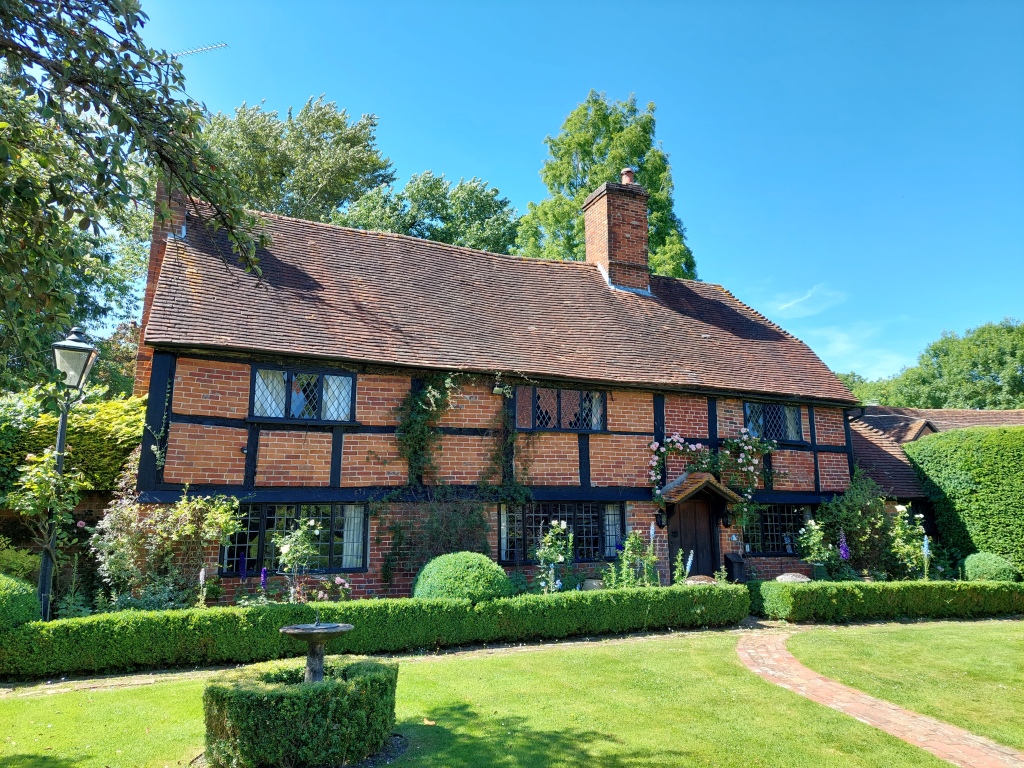
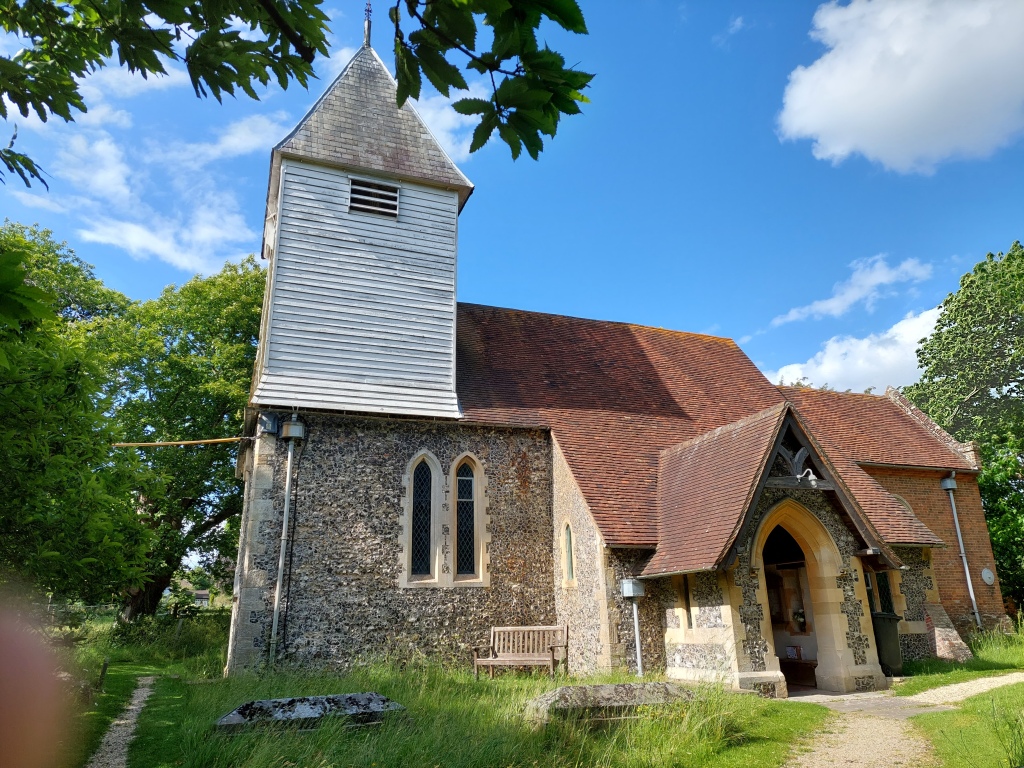
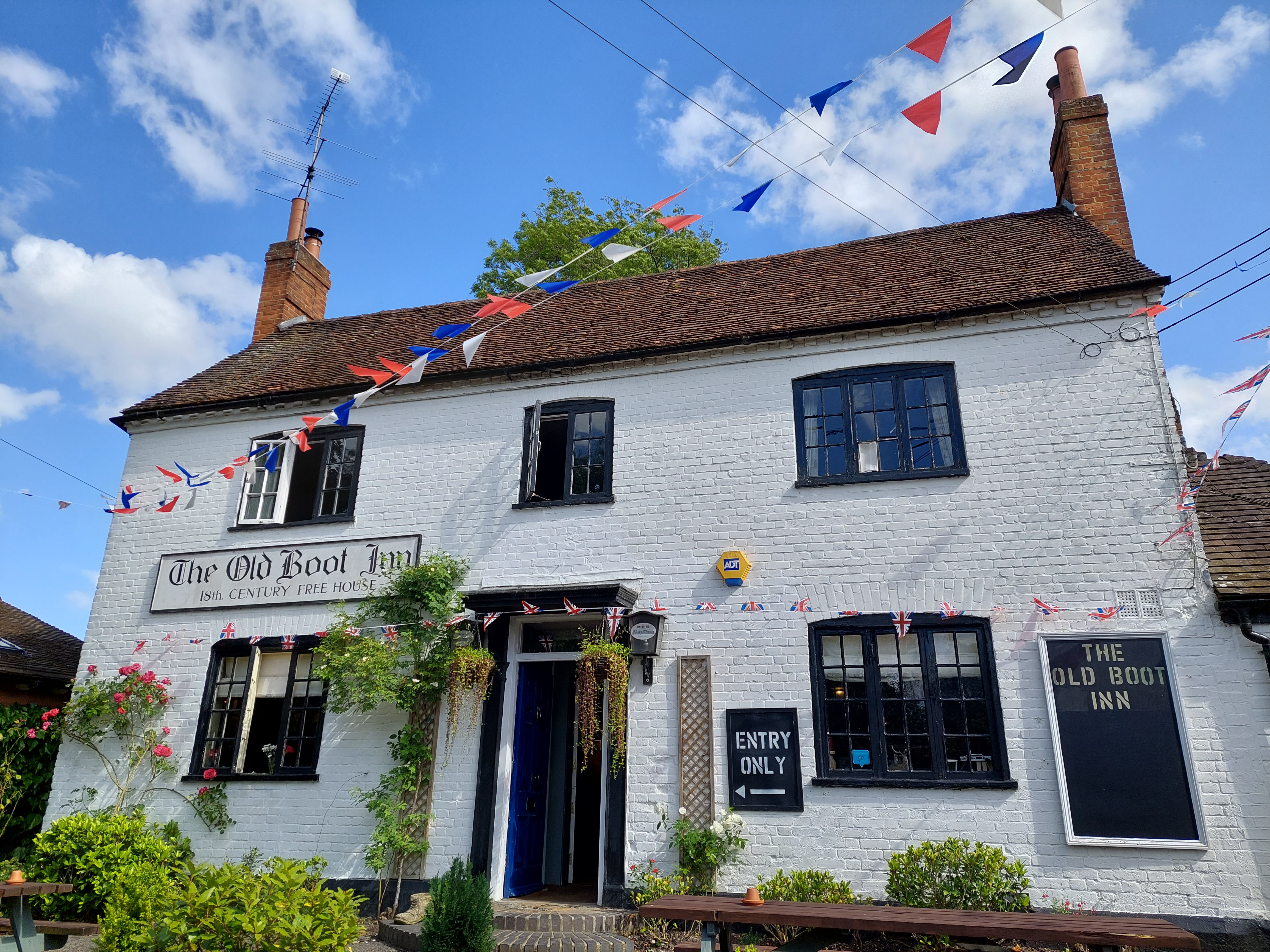
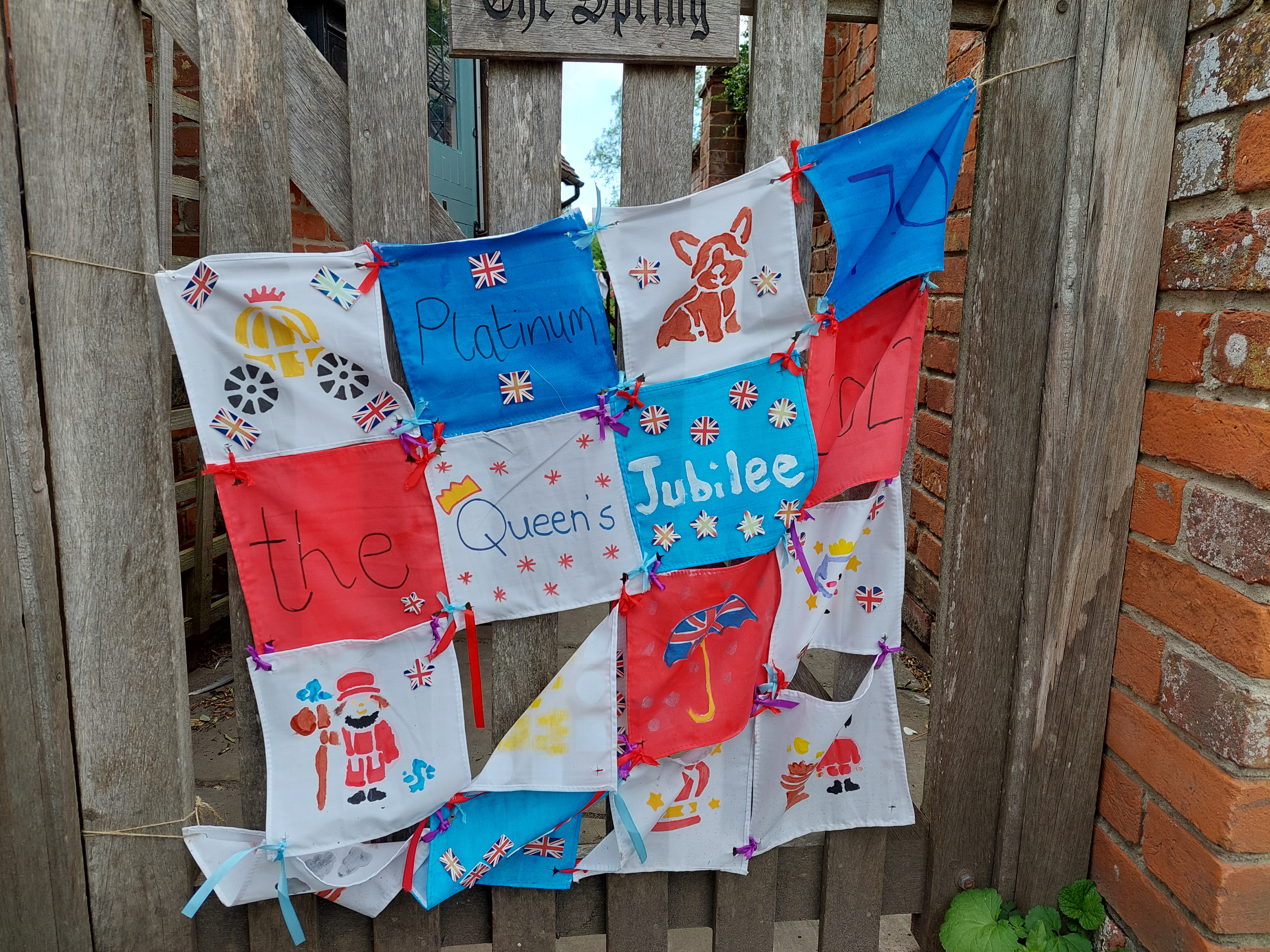
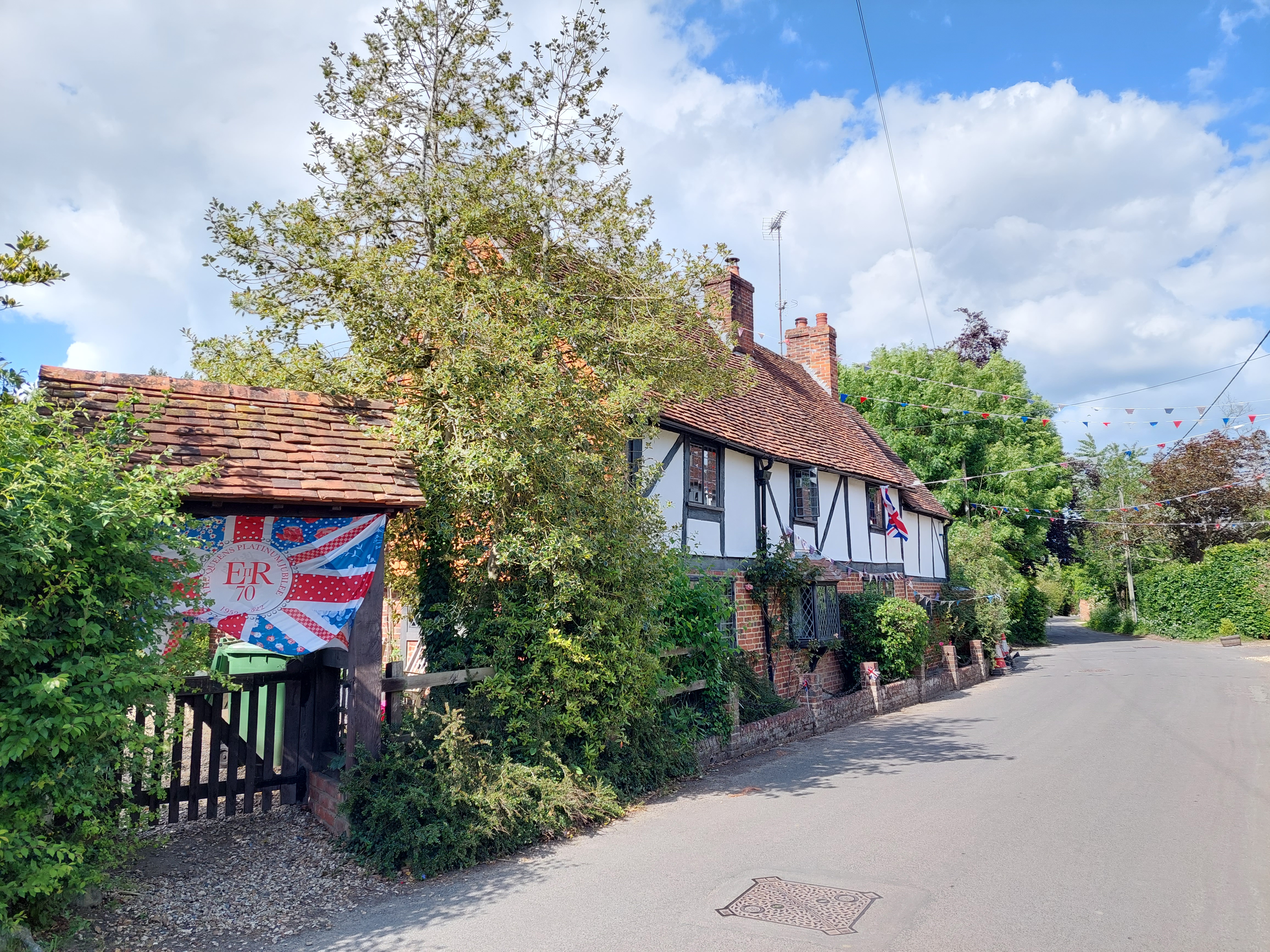
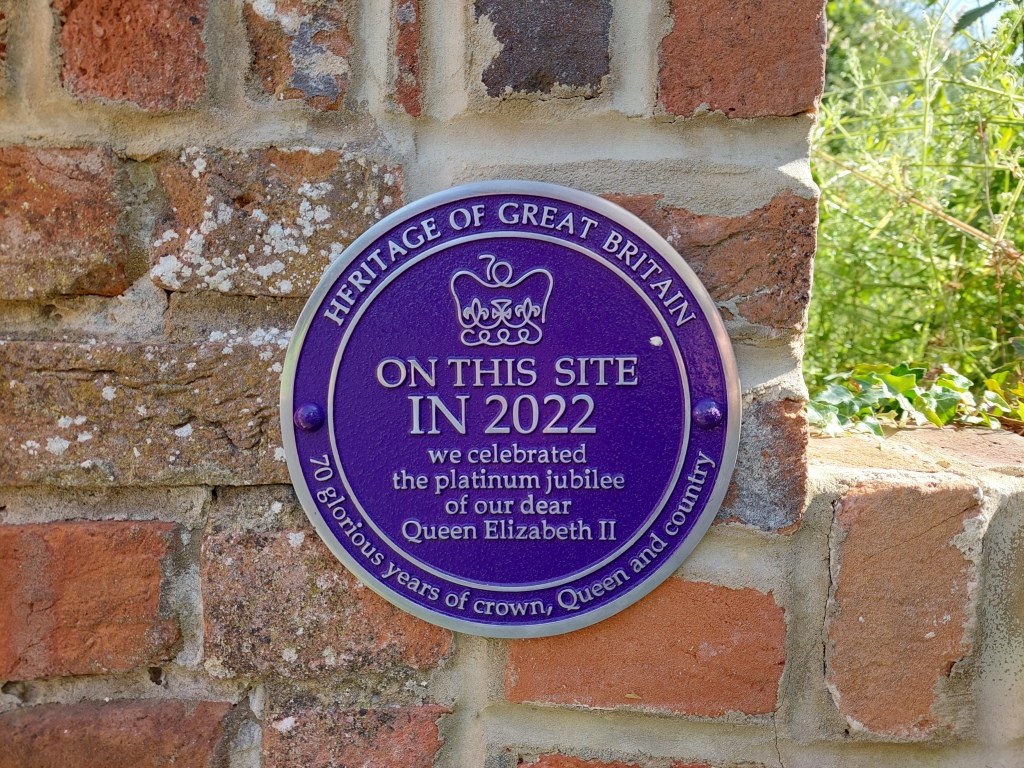



















































































You must be logged in to post a comment.